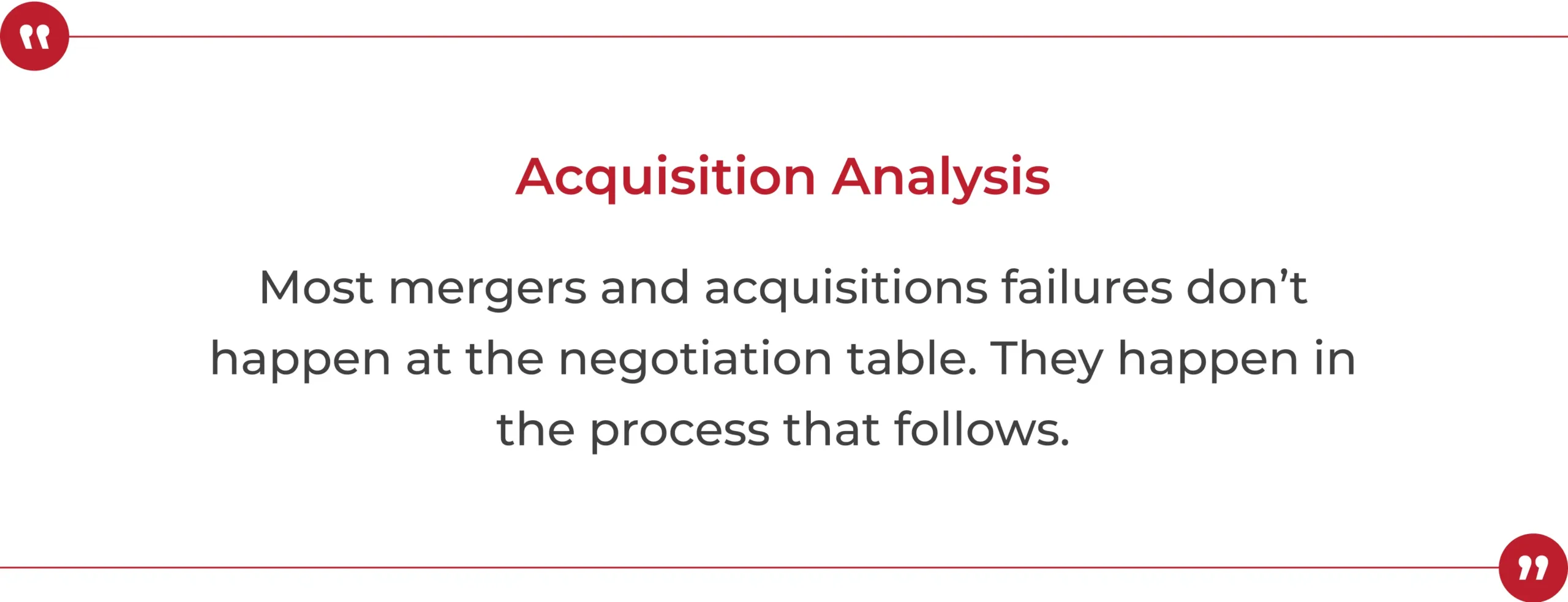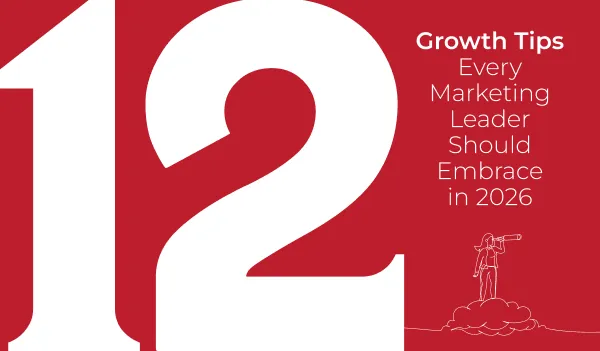If you’re a mid-market leader who just conducted a merger or acquisition, or you’re seriously
considering one, this article is for you. In this guide, we’ll walk through the details on buying vs.
organic growth and what it really takes to maximize your investment after the purchase.


Why Do Mid-Market Companies Buy Instead of Build?
When growth slows, mid-market leaders often face a fork in the road: invest in organic
strategies or buy their way into new capabilities, markets, or customer bases. Acquisition can
seem like the faster, more scalable option, but only if it’s executed with purpose.
Barnett Rogers, who’s built a career on the operational side of mergers and acquisitions, put it
clearly in our Business as “Un”usual session: acquisitions aren’t just financial transactions,
they’re complex growth decisions that come with long-tail implications. While the allure of a
bolt-on or platform deal might be speed to market or instant capability, the risks of
misalignment, cultural mismatches, and stalled integration are real.

Are You Actually Ready to Acquire?
Most mergers and acquisitions failures don’t happen at the negotiation table.
They happen in the process that follows.
Before you even sign a term sheet, you need to ask yourself some questions:
- Can we absorb and integrate another team without losing ours?
- Is our leadership aligned on long-term goals, not just short-term numbers?
- Do we have a cultural and brand strategy, not just a legal or financial plan?
In the same Business as “Un”usual episode, Kathy Steele and Barnett emphasized that
readiness isn’t just about funding the deal. It’s about strategic, cultural, and operational maturity.
Without that foundation, even a “perfect fit” can turn into a performance drag.

What Does Post-Acquisition Integration Really Take?
For Red Caffeine’s client, Anchor Harvey, integrating with another company was a way to expand
into machining and a chance to unify as one organization (and that didn’t happen by accident).
In another Business as “Un”usual session, Marty Bondar, General Manager at Anchor Harvey,
and Amy Anderson, VP of Client Services at Red Caffeine, walked through the playbook:
- Developing a shared narrative across both legacy and acquired teams
- Launching the “Re-established” internal campaign to drive employee alignment
- Clarifying brand architecture so customers understood what the new entity stood for
This was a major culture shift. A post-deal brand integration strategy that aligned people,
clarified purpose, and kept customers confident throughout the transition.


How Do You Make M&A Fuel Long-Term
Growth, Not Just Short-Term Scale?
The real value of an acquisition lies in execution. That’s where
Red Caffeine’s Grow-to-Market™ model comes in.
After the deal closes, we help companies:
- Clarify the brand so it retains trust and signals strength to customers and partners
- Align the team internally so everyone understands their role in the new organization
- Activate the GTM (Grow-to-Market™) strategy from day one, ensuring marketing and
sales don’t miss a beat
You can’t rely on spreadsheets to do this work. Growth post-M&A requires brand,
strategy, and culture moving in lockstep.

What’s Your Next Move?
If you’re considering an acquisition, don’t let integration become an afterthought.
Let’s build a strategy that ensures your deal drives real, lasting growth.
Want to hear it straight from the leaders?
Watch both of our Business as “Un”usual episodes for an inside
look at M&A strategy and integration in action:
Is Acquisition the Right Growth Strategy for Your Business?
with Barnett Roger, Managing Director at RFO Corporation
Uniting Your Brand and Your People Post M&A
with Marty Bondar, General Manager at Anchor Harvey,
and Amy Anderson, VP of Client Services at Red Caffeine
Join Thousands Of
Like-Minded Folks
Receive monthly business growth tips
and event invites right to your inbox.



